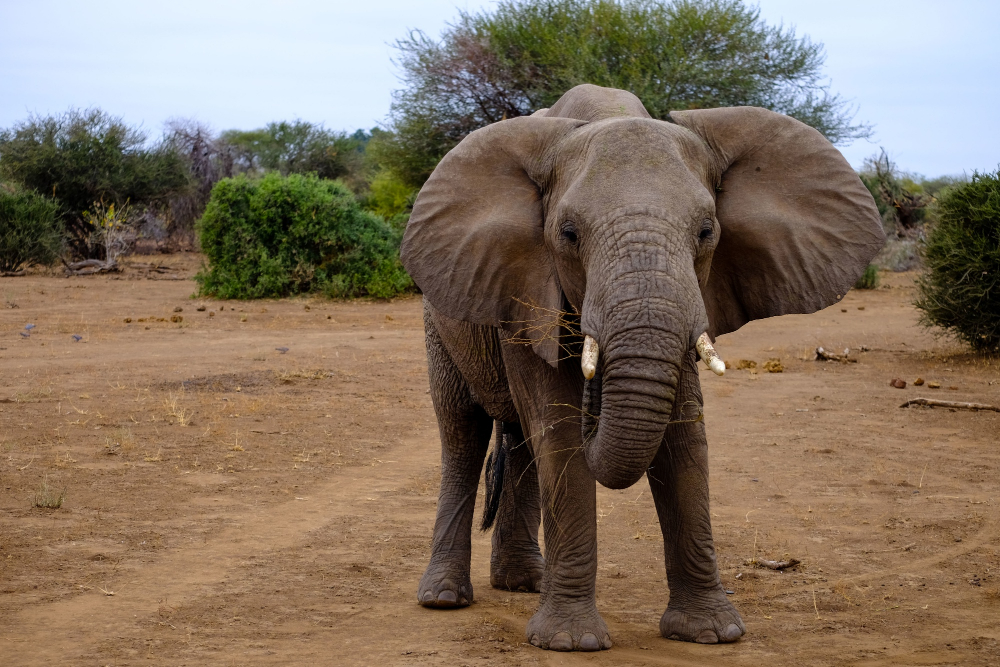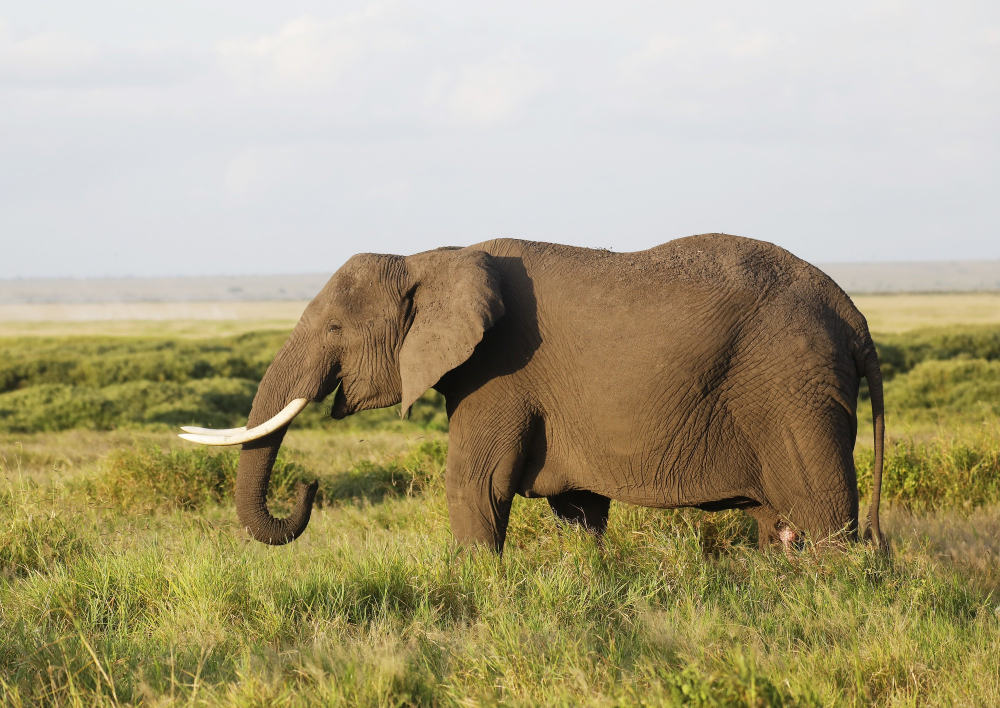World Elephant Facts Day is celebrated on August 12th to honor these beloved animals and raise awareness of the challenges they face.
There are two crucial facts about elephants that we did not mention in our story below: African Elephant populations have decreased by 62% over the past decade, and 24,000 African Elephants were killed in the previous year.
We have discussed the significance of elephant preservation over the years, starting with the story of how an elephant inspired GGT in 2000, and our 2014 efforts to support Thailand’s Elephant Nature Park.
Action for the conservation of elephants

We hope that our readers will be inspired to take steps to help elephants, such as:
Avoid buying ivory or other wildlife products.
Visit countries with free-roaming elephants. Ecotourism benefits the economy, creates jobs, and deters poaching and other forms of mistreatment.
Select eco-tourism companies that support domestic elephant conservation programs and prioritize respectful treatment of elephants in their operations.
Support groups, like the International Fund for Animal Welfare, aim to protect wild elephant habitat, end illegal poaching and ivory trade, and find solutions for human-elephant conflict.
Organizations who use or torture elephants and other animals for the purpose of entertainment or profit should not be supported.
Elephant habits
Elephants are found in Africa and Asia in different forms. The African Bush Elephant is the largest terrestrial animal.
African elephants face threats due to habitat degradation and poaching, but they are still the most abundant elephant species. While most of them live in the bush or savanna, some have adapted to the Namib and Sahara deserts.
Desert elephants are not considered distinct species.
The African forest elephant

But it has subsequently been reclassified as a different species that split from the African Bush Elephant between 2 and 7 million years ago.
In comparison to their cousins, they’re smaller and have rounder ears, as well as hairier trunks. Their number is estimated to be approximately 100,000, which is rapidly declining.
See other post for more content
